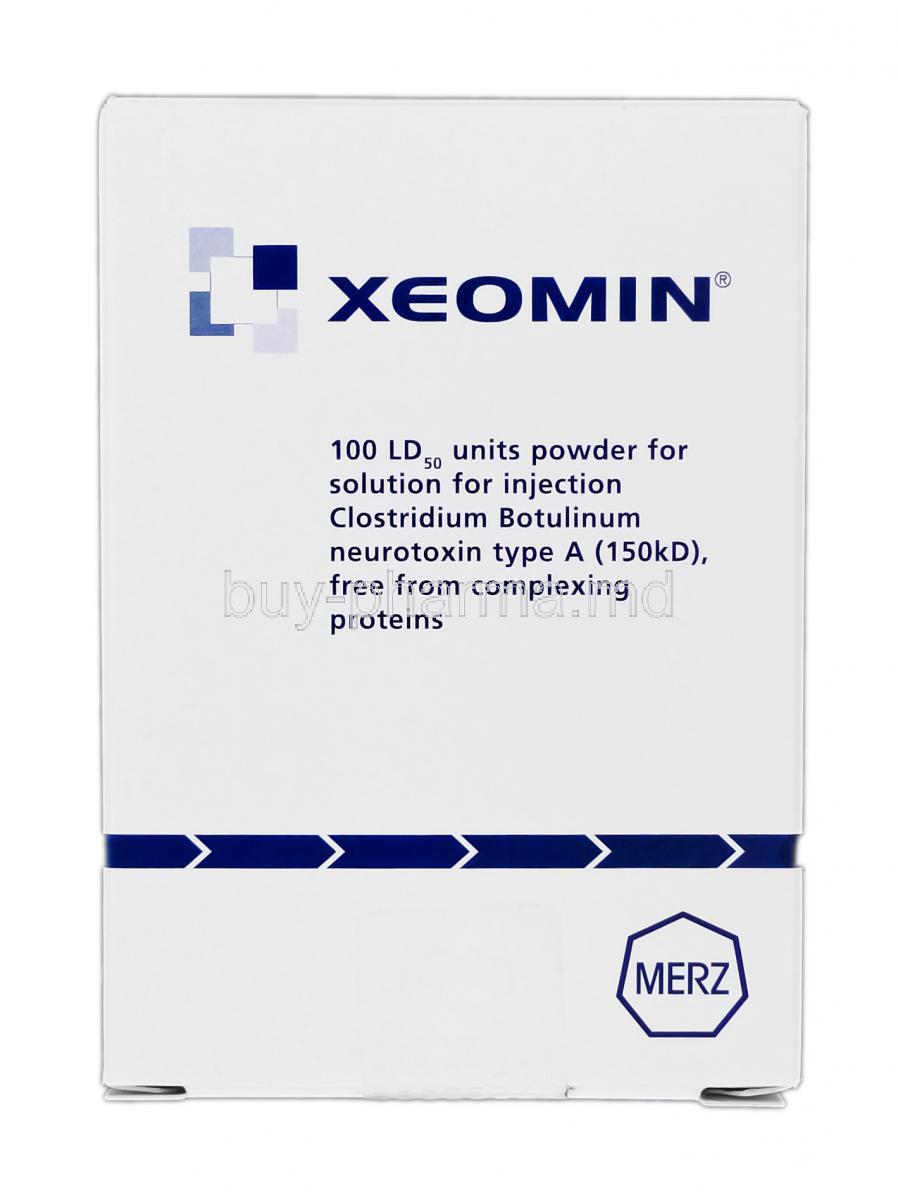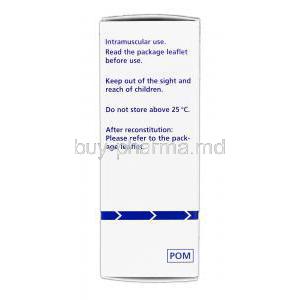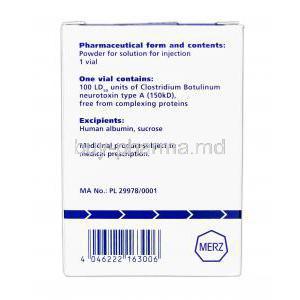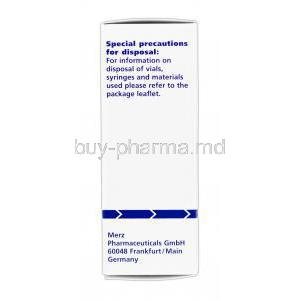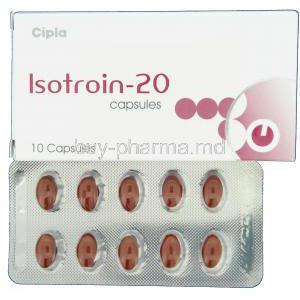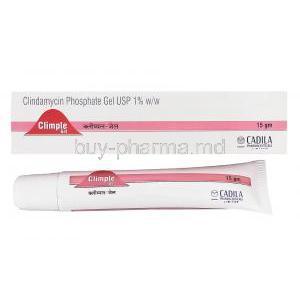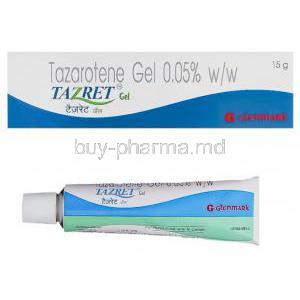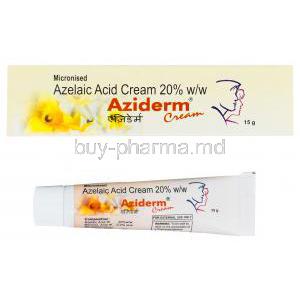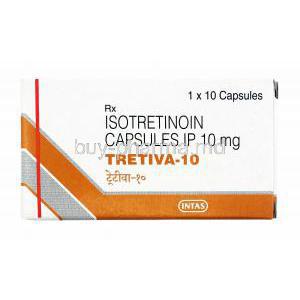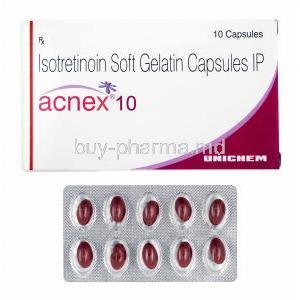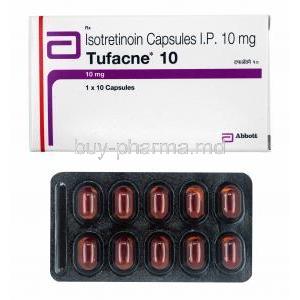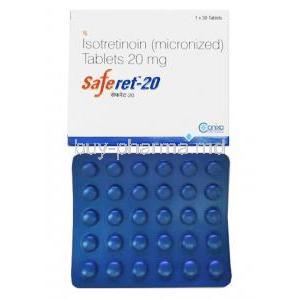Xeomin
- I. Introduction to Xeomin
- II. Composition of Xeomin
- III. Uses of Xeomin
- IV. Off-Label Uses of Xeomin
- V. How Xeomin Works
- VI. Dosage and Administration of Xeomin
- VII. Common Side Effects of Xeomin
- VIII. Handling Precautions and Storage of Xeomin
- IX. Interactions with Other Medications
- X. Warnings and Contraindications
- XI. Careful Administration of Xeomin
- XII. Special Considerations in Administration
- XIII. Managing Overdosage of Xeomin
- XIV. Important Precautions with Xeomin
I. Introduction to Xeomin
Understanding Xeomin: Definition and Overview Xeomin is a toxin known for its effectiveness in various medical and cosmetic applications. Like Botox and Dysport, this neuromodulator utilizes a neurotoxin to address muscle-related conditions. The Development and Approval Process of Xeomin The path of Xeomin from trials to FDA approval involved extensive testing and strong evidence supporting its safety and efficacy. Its recognition by health authorities worldwide highlights its importance in interventions.
II. Composition of Xeomin
The primary active substance in Xeomin is toxin type A, a purified neurotoxin. This essential ingredient works by relaxing muscles, which helps to diminish wrinkles or alleviate muscle spasticity. One unique aspect of Xeomins' formulation is that it does not contain complex proteins, making it a pure and unadulterated product. This characteristic potentially lowers the chances of developing antibodies giving it an advantage, over similar products.
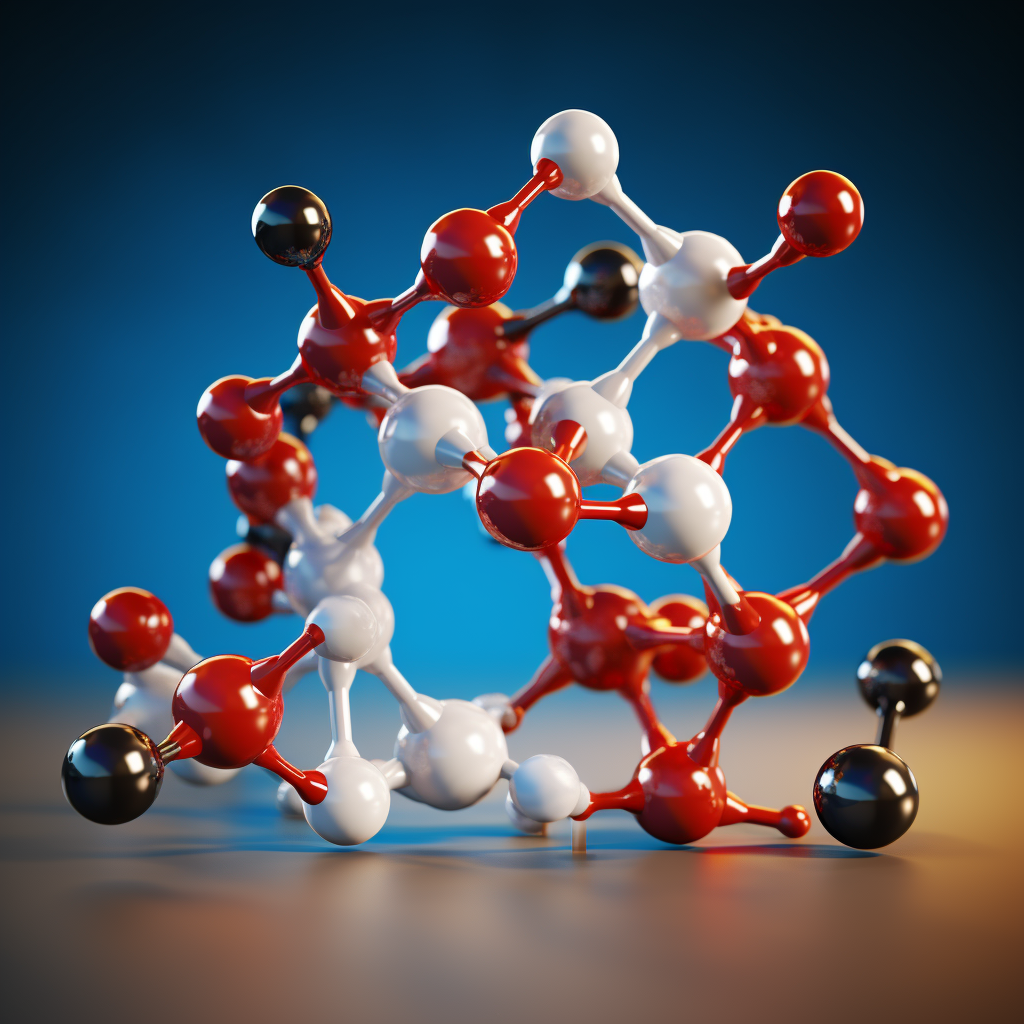
III. Uses of Xeomin
Xeomin is a botulinum toxin type A commonly used for two purposes: smoothing glabellar lines and crow’s feet in cosmetic applications and managing cervical dystonia and blepharospasm in medical applications 1. Xeomin’s benefits extend beyond its uses. It also plays a role in treating different neurological disorders by effectively addressing muscle stiffness and involuntary muscle contractions 2.
1: Medscape, Xeomin (incobotulinumtoxinA) - Medscape 2: Xeomin, Xeomin - Official Website
IV. Off-Label Uses of Xeomin
Exploring Uses not Officially Approved Doctors frequently use Xeomin for purposes beyond its approved applications. This includes treating migraines and excessive sweating and providing patients with additional treatment options. Evaluating Studies and Cases of Unofficial Applications research studies support the potential effectiveness of Xeomin in these off-label uses, demonstrating its versatility and broadening its range of clinical benefits.
V. How Xeomin Works
Mechanism of Action: A Scientific Perspective Xeomin works by blocking the release of neurotransmitters at the junctions between nerves and muscles, causing a pause in muscle activity. This plays a role in its therapeutic effects. Comparing Xeomin with Neuromodulators When compared to similar substances, Xeomin stands out as a strong competitor in the field of neuromodulators due to its quick onset of action and longer-lasting effects.
VI. Dosage and Administration of Xeomin
Dosage Recommendations for Conditions The recommended dosage for Xeomin depends on the specific condition being treated and careful guidelines are followed to ensure the highest level of effectiveness and safety. Administration Techniques and Best Practices Administering Xeomin correctly requires precision and expertise as the techniques used may differ depending on the treatment area and desired results.
VII. Common Side Effects of Xeomin
Identifying Common Side Effects Although Xeomin is generally well tolerated, it can sometimes cause side effects such as localized pain, swelling, or redness. Reducing Common Side Effects These adverse reactions are usually temporary. There are ways to minimize their impact and improve patient comfort.
VIII. Handling Precautions and Storage of Xeomin
To maintain the effectiveness of Xeomin it is essential to store it and be mindful of its shelf life. Following handling protocols is vital in order to preserve the therapeutic integrity of Xeomin and ensure its efficacy, in patient treatment.
IX. Interactions with Other Medications
Drug interactions and their consequences should be taken into account when using Xeomin. The effectiveness of Xeomin can be affected by medications taken simultaneously, which may lead to reduced therapeutic effects or increased side effects. It is essential for healthcare providers to carefully evaluate a patient's medication regimen and consider the potential risks and benefits of co-administering Xeomin with other drugs. Adjustments in dosages or treatment plans may be necessary to prevent any interactions.

X. Warnings and Contraindications
Identifying Groups at Risk Certain populations, such as individuals with neuromuscular disorders, allergies to botulinum toxin, or respiratory difficulties, may face increased risks when considering Xeomin. It is essential to evaluate these groups before proceeding with any treatment.
Situations Where Xeomin Should Be Avoided Xeomin should not be used in patients with a hypersensitivity to any of its components or if an infection is present at the proposed injection site. Additionally, it is advised against using Xeomin in individuals with medical conditions.
XI. Careful Administration of Xeomin
Customizing Treatment for Sensitive Groups When giving Xeomin to individuals with heightened sensitivity, it's crucial to tailor the approach by adjusting dosages and techniques according to each patient's characteristics and body response. Strategies for Reducing Risks To minimize risks, conducting a thorough patient assessment and strictly following recommended guidelines is essential. This involves analyzing their medical history and closely monitoring them after administering the treatment.
XII. Special Considerations in Administration
When giving Xeomin to patients, it's essential to be mindful of their age-related physiological changes that could impact how the drug works and is processed. Therefore, lower dosages may be needed with monitoring. The use of Xeomin during pregnancy or breastfeeding requires consideration. While data is available, it is generally advised to avoid its use unless the benefits significantly outweigh the potential risks. When it comes to patients using Xeomin should be approached on an individual basis. Factors such as the child's age, weight, and specific medical condition must be considered. Close follow-up is crucial to monitor both response and any potential side effects.
XIII. Managing Overdosage of Xeomin
Identifying Signs of Overdose If someone experiences muscle weakness, difficulty breathing, or problems with swallowing, it could be a sign of an overdose. It's important to recognize these symptoms for timely intervention. Immediate Steps and Treatment Approach If an overdose is suspected, seeking medical attention is crucial. The treatment mainly involves supporting and addressing the symptoms while closely monitoring the person's cardiovascular functions.
XIV. Important Precautions with Xeomin
Emphasizing Important Safety Precautions: Safety precautions include verifying the product's authenticity, appropriate storage and handling, and adhering strictly to injection techniques and dosages. Educating Patients and Obtaining Consent: Obtaining informed consent is an aspect of patient care when using Xeomin. This involves discussing potential risks, benefits, and alternative options to ensure that patients fully understand and agree before undergoing treatment.

